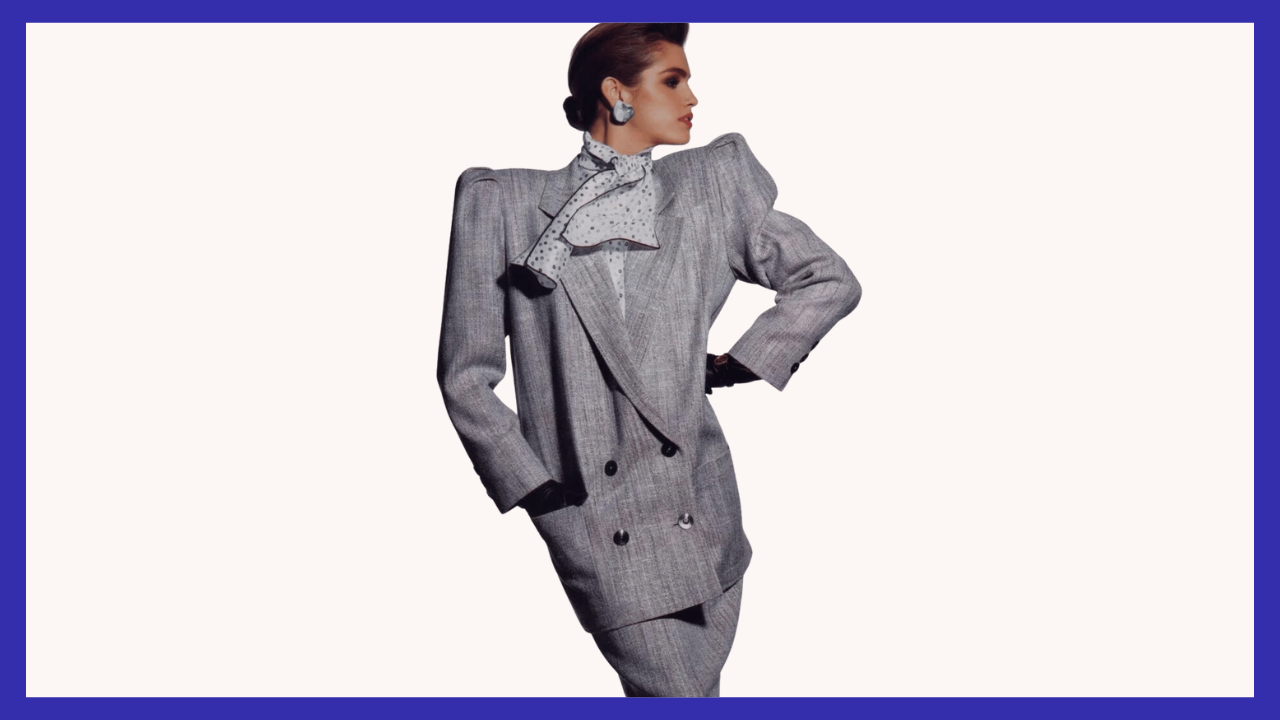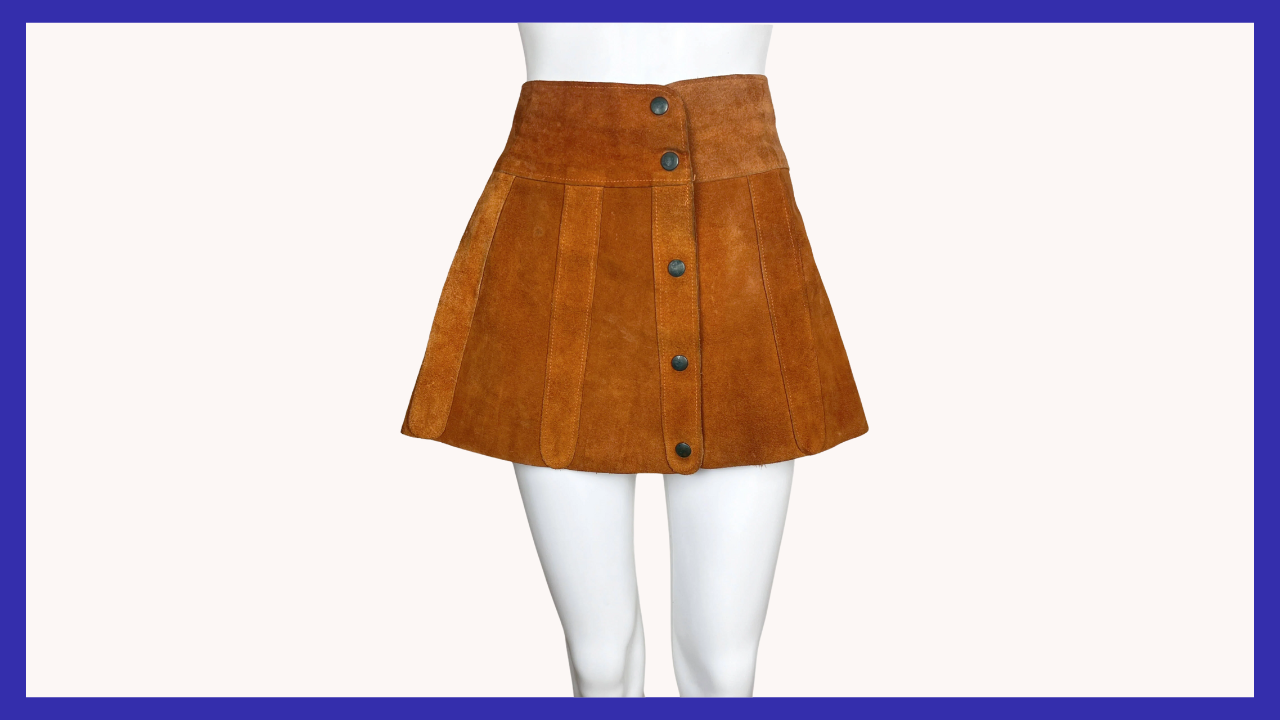AllVintageStyles
The Ultimate Vintage Fashion Encyclopedia
Micro Skirt

Extremely short skirt ending well above mid-thigh, representing ultimate expression of 1960s youth rebellion and fashion boundary-pushing through shocking hemline heights.
Quick Facts
- Era: 1960s (peak popularity mid-1960s, 1990s revival)
- Origin: Britain (mod culture and youth fashion revolution)
- Garment Type: Ultra-short skirt with provocative hemline construction
- Key Identifiers: Extremely short length, A-line or straight cut, minimal fabric coverage
- Typical Resale Price: $40-$300 (authentic vintage pieces)
- Best For: Mod fashion collectors, 1960s youth culture enthusiasts, provocative fashion advocates
History & Evolution
Micro skirts emerged in the mid-1960s as the ultimate expression of youth rebellion when London mod culture pushed mini skirt hemlines to shocking extremes that challenged all conventional dress codes and social expectations. The style represented radical departure from traditional feminine modesty, creating garments so short they provoked moral outrage and social controversy while symbolizing complete rejection of conservative fashion standards. Early versions required expert pattern-making to achieve proper fit and movement despite minimal fabric coverage.
The mid-1960s established micro skirts as symbols of youth liberation when London fashion designers like Mary Quant and boutiques on Carnaby Street created increasingly shorter hemlines that shocked older generations and traditional society. The style became associated with sexual liberation, generational rebellion, and modern feminine confidence, appealing to young women seeking fashion that expressed their rejection of parental authority and social conventions. The micro skirt represented fashion at its most provocative and socially challenging.
The late 1960s saw micro skirts achieve maximum shock value before gradually giving way to longer lengths as fashion moved toward different silhouettes. The style experienced revivals during particularly rebellious fashion periods, including the 1990s when youth culture again embraced provocative fashion. Contemporary fashion occasionally references micro elements, but vintage pieces offer authentic construction quality and cultural connections that reflect original youth rebellion and boundary-pushing fashion innovation.
Authentication Tips
Authentic 1960s Features:
- Quality mod fabrics including wool, cotton, or structured synthetics with proper body for short skirts
- Expert pattern construction with proper fit despite minimal fabric coverage
- Period-appropriate mod colors including bold solids, geometric patterns, and youth fashion palettes
- Professional finishing with bound hems and quality construction despite provocative length
- British mod or youth fashion labels with authentic 1960s manufacturing
Common Reproductions/Modern Pieces:
- Cheap synthetic fabrics inappropriate for authentic mod fashion construction and proper drape
- Poor pattern construction creating unflattering fit or inappropriate proportions for authentic mod styling
- Contemporary prints or colors not available during vintage mod fashion periods
- Simplified construction without proper finishing techniques for quality short skirt construction
- Generic fashion labels without connection to authentic mod or youth fashion heritage
Styling & Use Cases
- Best for mod collectors: Display as examples of 1960s youth rebellion and fashion boundary-pushing innovation
- Ideal for provocative fashion: Combine with period-appropriate accessories for authentic mod shock value presentation
- Perfect for costume events: Wear for 1960s themed occasions requiring authentic youth culture and generational rebellion styling
Modern styling tips:
- Approach with understanding of original cultural shock value and youth rebellion context
- Choose accessories that honor the skirt's mod heritage without trivializing its provocative cultural significance
- Focus on confident styling that matches the skirt's bold fashion statement and boundary-pushing origins
FAQ
Q: How can I tell if a micro skirt is authentic 1960s construction?
A: Check for quality mod fabrics with proper body for short skirts, expert pattern construction with appropriate fit despite minimal coverage, period-appropriate mod colors and patterns, professional finishing with bound hems, and British mod or authentic youth fashion labels.
Q: What's the typical price range for vintage micro skirts?
A: Authentic vintage micro skirts range from $40-300 depending on designer label, construction quality, and condition. Documented mod pieces or Mary Quant examples command higher prices among 1960s fashion and youth culture collectors.
Q: How should I care for a vintage micro skirt?
A: Professional dry cleaning preserves delicate mod fabrics and construction, store on appropriate hangers to maintain shape, handle carefully due to minimal fabric stress points, and avoid alterations that could compromise the authentic provocative proportions.
Q: What makes vintage micro skirts valuable to collectors?
A: Cultural significance in 1960s youth rebellion and fashion liberation movements, superior construction quality representing authentic mod fashion innovation, documentation of fashion boundary-pushing that shocked society and influenced generational change, and connection to influential designers who challenged conventional dress codes through provocative hemline experimentation that defined mod culture's revolutionary aesthetic.
📷: Revolve



